Mohs Hardness Scale
A man named Friedrich Mohs knew that different minerals have different hardness! Soft minerals have low numbers. Hard minerals have high numbers.
Mohs scale number (mineral example)
1 (Talc)
2 (Gypsum)
3 (Calcite)
4 (Fluorite)
5 (Apatite)
6 (Orthoclase
Feldspar)
7 (Quartz)
8 (Topaz)
9 (Corundum)
10 (Diamond)
Hardness of other common objects
Fingernail: 2.5
Penny: 3
Glass: 5.5
You can figure out the hardness of a mineral! Try to scratch it with your fingernail. If your fingernail cannot scratch the mineral, you know it has a hardness of more than 2.5. If the mineral can't scratch glass, you know it has a hardness of less than 5.5.
Last modified May 1, 2003 by Lisa Gardiner.
You might also be interested in:
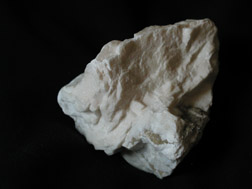
This is gypsum! It often forms as a layer of the bottom of a salty sea. Sometimes it forms in sandy areas like deserts and little sand grains are trapped between the gypsum crystals. This makes the crystals
...more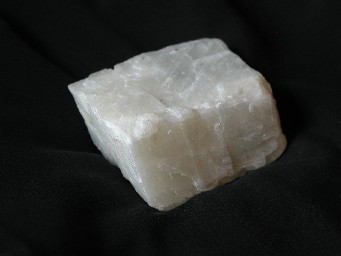
This is calcite, the same mineral that makes the clam shells that you find on the beach! Perfect crystals of calcite allow you to do a special magic trick!
...more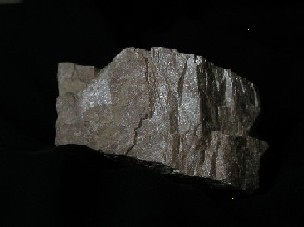
This is a feldspar mineral! Look for it in igneous rocks where it looks like white or pink crystals. You might find it in other types of rocks as well.
...more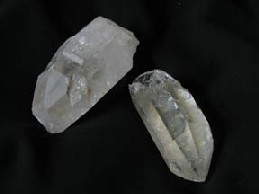
This mineral is called quartz! Sometimes it looks white like milk but usually it looks clear like glass, sometimes with a little pink or gray tinge of color. You can find crystals of quartz in many different
...more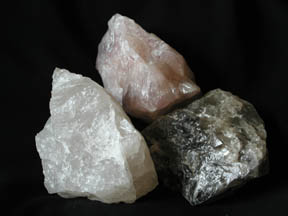
Spotting minerals is fun! There are many different types of minerals. Each has a different name and special traits. You can learn more about minerals by looking closely at them to understand their special
...more
Mica minerals make some rocks sparkle! Look for them in your igneous and metamorphic rocks. Do they make your rocks sparkle? They break into flat plates because they have cleavage.
...more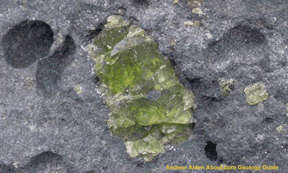
The mineral that is green is called olivine! Look for it in igneous and metamorphic rocks. In this picture, olivine is filling a hole in the igneous rock.
...more














